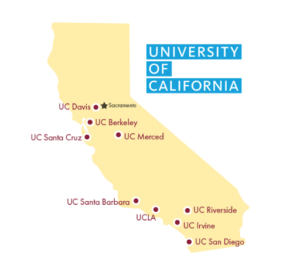Cure for HIV?

Picture of a first aid kit in hopes of a vaccine for HIV.
April 23, 2019
HIV, also known as human immunodeficiency virus, is a highly deadly disease that causes and leads to AIDS, if not treated. Spread through blood or through sexual activity, HIV and AIDS attack the person’s immune system until they inevitably perish. For as long as we have known in modern medicine, HIV there has not been a confirmed cure for the disease, until now.
Before March 2019, there was only one known cured patient; not significant enough for there to be a vaccine for the disease. Thomas Ray Brown, a patient from Berlin in 2007, was cured from HIV. Brown was getting treatment for his leukemia through chemotherapy. After chemo failed to work on Brown, he need to have a “two-marrow transplants” to stop his leukemia from spreading. Through the new-found treatment, the bone marrow donor had a mutated protein cell called the CCR5 when mutated HIV cannot latch onto. Thus curing the HIV virus from spreading (New York Times).
The next patient to have found to be HIV free was a London patient whose HIV was cured in a similar fashion to Brown’s journey. The identity of the person has not been released as of now. Unlike Brown’s treatment, where the cure or procedure was a complete shock to result in being HIV free, the patient’s transplant for his/her cancer was planned. CCR5 was specifically requested for the patient’s transplant in hopes of replicating the success of the “Berlin patient” in 2007. Resulting in a success for the patient, the second HIV free patient was able to extend his/her lifetime by many years (Stat).
With the two cases being shocking successes to the medical industry as well as the world itself, the public is now wondering if doctors can use this method to cure all HIV patients. The two cured people were known to have had cancer and as a treatment, a bone transplant was needed. For someone who does not have cancer, the chances of the bone transplant to work is much higher because they have a higher chance at survival. Due to only fighting off HIV instead of both HIV and cancer, those patients have an increased likelihood of developing and recovering more quickly than an actual cancer patient.
With gene editing in the works by biomedical technologists, engineers, and numerous doctors, the cure for HIV is definitely looking positive. Although there is not a definite answer or cure to the disease, Sarah Kim (11) believes that “there is so much excitement to for the cure and hope has been restored even with HIV”. Now that two people have been successful with their treatments for HIV, it has definitely restored faith with the public’s view on the once incurable disease.




































